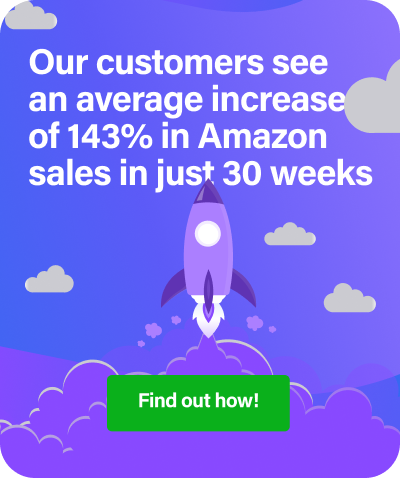We’ve talked before about how crucial it is to work on your product listings accuracy, especially with so many competitors nipping at your heels who have got the process nailed. What your Amazon page contains makes the difference between buyers bouncing off and purchasing your product, and you really can’t be on top of it too much (unless it starts to interfere with other aspects of your business). However, we’re going to assume you’ve been a faithful reader of our blog and following our well-researched tips and advice, and are doing pretty okay with selling products. What we also want you to be aware of is how your products translate to other countries, so you can continue to be an ace Amazon seller.
Double Check Your Inventory for Product Compliance
It would be great if all products worked the same in each and every country, but they don’t. Even items like sweaters and shoes, which just about everyone wears the same way, is sold differently; all you have to do is look at the disparity in sizing charts to understand this. This is especially important if you’re selling pluggable products, like cell phones, TVs, cameras, computers, tables, and the like. There are a variety of different plugs that people in each country use, like the UK 3-pin rectangular plug and the continental European 2-pin round plug. Plus, you’ve also got to think of voltage requirements, especially when you get into bigger pluggable products.
Lesson: If you’re selling in multiple Amazon marketplaces, do your homework first and check each country for their plugs and voltage regulations. It’s a bad idea to fraudulently sell a pluggable item to someone when they either won’t be able to use it, or will need to purchase some sort of converter to get it to work.
Avoid Store Demos with Your Products
To use a broad example, let’s turn our attention to the Amazon Kindle, which first debuted in 2007. I ignored the fuss for quite a while, thinking nothing could ever replace the charm and mood of an actual paper book. Fast forward to earlier this year, when I purchased a fourth generation Kindle on Amazon. Counting down the days, my Kindle finally arrived — and didn’t work. It took many hours of examining the product and Googling online to realise I’d been sold a store demo, making my purchase a useless brick.
Lesson: You may be able to get store demo products for cheaper than retail items, but it’s not a good practice to get into. Firstly, many countries don’t actually allow you to sell a store demo. Secondly, you’ll be getting a really upset customer — with at least a product return in order — who can leave negative feedback on your site. Because the idea of becoming a successful Amazon seller is to build up awesome feedback so you’re known as a trusted and reliable seller, selling store demos is not a way to get there.
Are Your Toys Safe?
If you’ve ever bought a toy in a developed country (e.g. England, Canada, Germany, etc.) for a child, you’ve no doubt noticed there’s some sort of warning label on there, something to the effect of advising you if there are any loose parts that would make it unsuitable for very small children, or an age range for which the toy would be best used. In Europe, the European Toys Safety Directive mandates that you do the same if you’re selling toys, regardless of whether they’re for children or not. You can only sell toys if they pose no danger to the person’s health or safety if they use the toy within a reasonable period of use (i.e. they can’t keep a glow worm for three generations, or microwave it, and expect it to still be safe).
Lesson: It’s pretty evident here what the potential outcome could be if you sell dangerous or unsafe toys, and it’s not something you ever want to risk, never mind for your Amazon reputation. A good idea would be to put a warning label on the toy, letting buyers know what the specific conditions of the toy are and what its limitations of use are.
Amazon Repricing Software
At first, it can seem like an awful lot of work to make sure the goods on your Amazon page are suitable to each marketplace, particularly if you’ve created multiple listings for all the marketplaces you’re selling in. All it takes is one accurately-fired salvo, and the little empire you’ve constructed for yourself can reveal itself to be a house of cards. We want you to be the most successful Amazon seller you can be, which is why getting the small details right adds up to a beautiful big picture. But something that doesn’t require thinking about is our repricing software, especially the part about getting it free for the first 15 days.
[fusion_builder_container hundred_percent=”yes” overflow=”visible”][fusion_builder_row][fusion_builder_column type=”1_1″ background_position=”left top” background_color=”” border_size=”” border_color=”” border_style=”solid” spacing=”yes” background_image=”” background_repeat=”no-repeat” padding=”” margin_top=”0px” margin_bottom=”0px” class=”” id=”” animation_type=”” animation_speed=”0.3″ animation_direction=”left” hide_on_mobile=”no” center_content=”no” min_height=”none”][xyz-ihs snippet=”Join-Newsletter-for-more-Amazon-Tips”][/fusion_builder_column][/fusion_builder_row][/fusion_builder_container]


